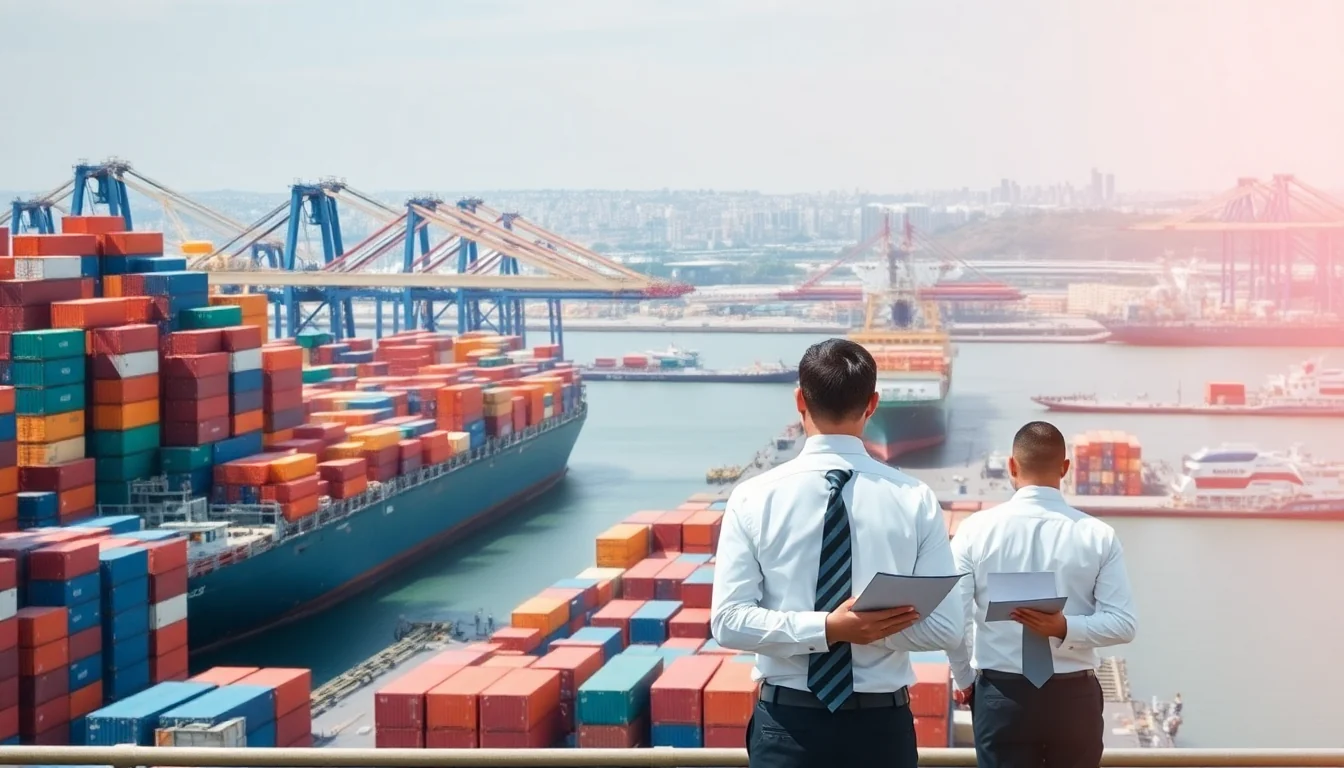

As we approach the new year, importers and businesses eyeing the Saudi Arabian market must stay vigilant and informed about the evolving customs landscape. The Kingdom of Saudi Arabia has introduced several significant changes to its customs regulations, set to take effect in 2024. In this comprehensive blog post, we'll delve into the key updates, their implications, and provide valuable insights to ensure a smooth customs clearance process.
Introducing the New Customs Regulations for 2024
The Saudi Arabian Customs Authority has been proactive in modernizing its regulatory framework to align with international best practices and enhance trade facilitation. The upcoming changes in 2024 aim to streamline the import process, ensure product safety, and strengthen the country's position as a global trade hub.
One of the most notable updates is the introduction of the Product Certificate of Conformity (PCoC) and the implementation of the Global Conformity Testing System (GCTS). These new requirements will have a significant impact on the way importers navigate the customs landscape.
Key Updates in Saudi Customs Procedures
Product Certificate of Conformity (PCoC)
The PCoC is a mandatory document that will be required for all imported goods entering the Saudi Arabian market. This certificate verifies that the product meets the necessary safety, quality, and technical standards set by the Saudi Standards, Metrology, and Quality Organization (SASO). Importers will need to obtain the PCoC prior to shipment, ensuring their products are compliant with the Kingdom's regulations.
Global Conformity Testing System (GCTS)
Alongside the PCoC, the implementation of the GCTS will streamline the conformity assessment process. This system will allow importers to have their products tested and certified by approved conformity assessment bodies, both within Saudi Arabia and internationally. The GCTS aims to provide a harmonized and efficient approach to product testing and certification, reducing the time and costs associated with customs clearance.
Special Considerations for Customs Clearance
As importers prepare for the new regulations, it's crucial to be aware of the updated documentation requirements, prohibited and restricted items, and any changes to duty and tax structures.
Careful planning and attention to detail will be essential to navigate the customs clearance process successfully. Collaborating with experienced customs brokers can also be invaluable in ensuring compliance and minimizing delays.
Impact on Different Types of Imports
The new customs regulations will have varying impacts on different categories of imported goods. Consumer goods, industrial equipment, and food and beverage products will all need to adhere to the updated requirements, with specific considerations for each sector.
Importers must familiarize themselves with the nuances of the new regulations to ensure their products meet the necessary standards and avoid any unexpected challenges during the clearance process.
Tips for Smooth Customs Clearance
To ensure a seamless customs clearance experience, importers should focus on thorough preparation and planning. This includes:
Staying up-to-date with the latest regulatory changes
Ensuring all required documentation is in order, including the PCoC
Working closely with customs brokers and logistics providers
Anticipating potential delays or issues and having contingency plans in place
By proactively addressing these considerations, importers can minimize the risk of delays, penalties, or even the rejection of their shipments.
Common Pitfalls and How to Avoid Them
One of the key challenges importers may face is the potential for errors in documentation or misunderstanding of the new regulations. Frequent issues can include incomplete or inaccurate PCoC submissions, misclassification of goods, and failure to comply with prohibited or restricted item lists.
To avoid these common pitfalls, importers should invest time in thoroughly understanding the updated requirements, double-checking all documentation, and seeking guidance from customs experts when necessary.
Future Outlook and Implications
As Saudi Arabia continues to modernize its customs infrastructure, further changes and updates can be expected in the years to come. Importers should remain vigilant and adaptable, as the Kingdom's commitment to enhancing trade facilitation and product safety is likely to drive ongoing regulatory refinements.
By staying informed, proactively addressing the new requirements, and collaborating with trusted partners, importers can navigate the evolving Saudi customs landscape with confidence and capitalize on the growing opportunities in this dynamic market.
Conclusion
The 2024 customs regulations in Saudi Arabia represent a significant shift in the way importers must approach the clearance process. By understanding the key updates, such as the PCoC and GCTS, and taking a proactive approach to compliance, businesses can ensure a smooth and efficient customs clearance experience.
Staying informed, planning meticulously, and working closely with customs experts will be crucial for navigating the evolving Saudi customs landscape. With the right strategies in place, importers can seize the opportunities presented by this dynamic market and strengthen their foothold in the Kingdom.